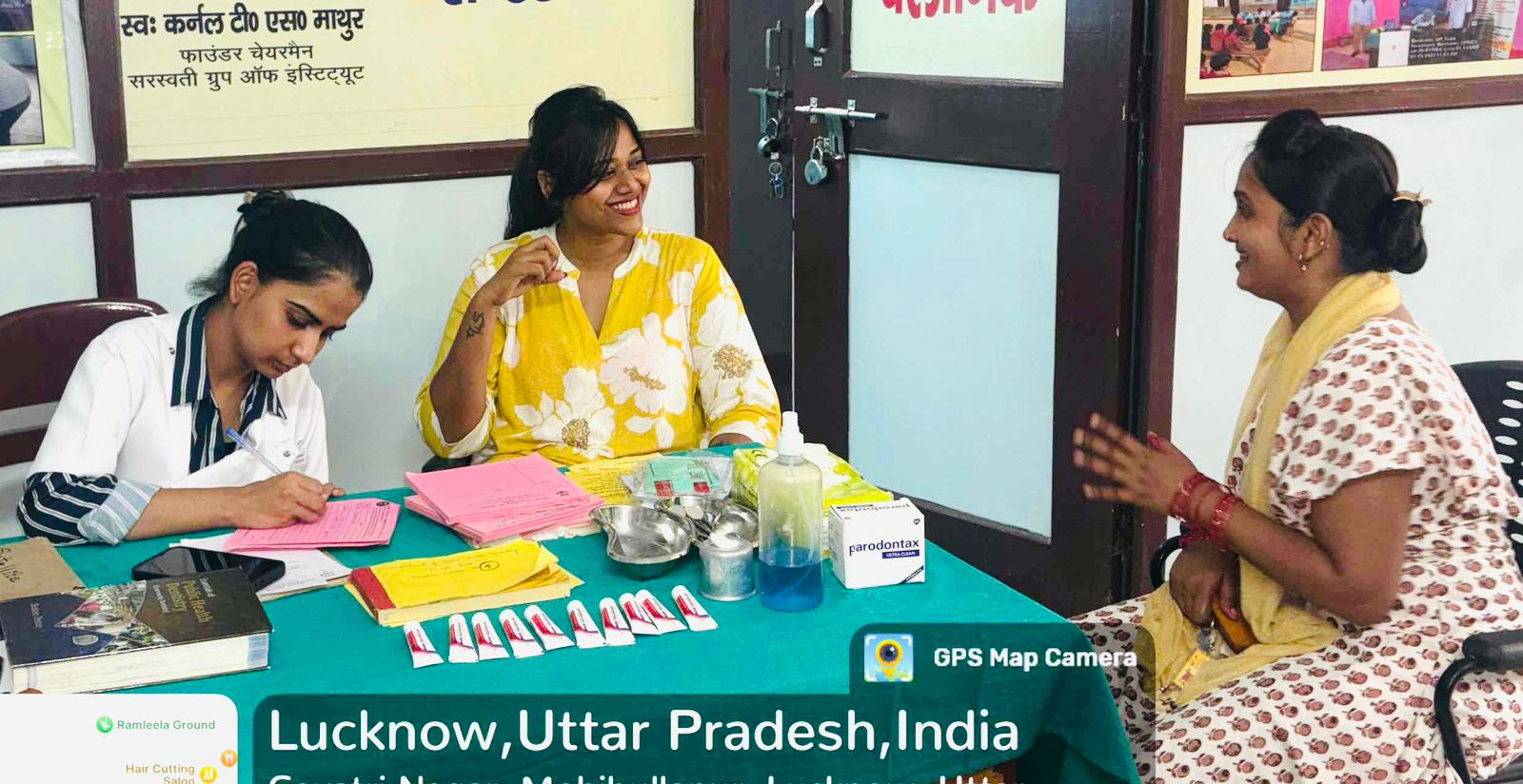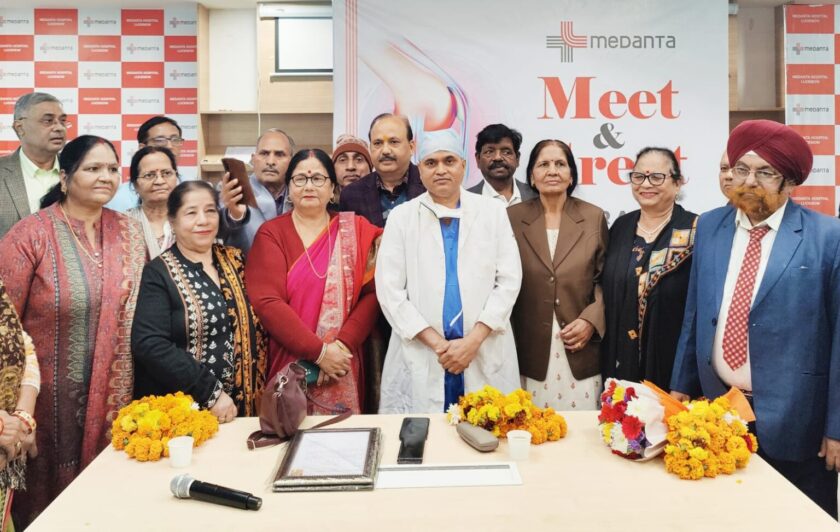Lucknow: In a remote district grappling with high rates of anemia among women, a statistical value—not a stethoscope or a new vaccine—sparked a public health transformation.
It began with simple observation. Two community health workers noticed that villages where women regularly attended monthly nutrition workshops had noticeably fewer cases of fatigue, dizziness, and absenteeism. Though encouraging, these were just anecdotes—until data turned them into evidence.
A dedicated team of researchers decided to study the trend. They collected data from two groups: women who participated in the nutrition sessions and those who didn’t. Employing a basic Chi-Square test, a cornerstone of public health statistics, they uncovered something striking.
The p-value was less than 0.05—a statistically significant result.

This one number meant the impact was real, not random. It gave researchers the confidence to scale the intervention to 12 additional villages, changing lives through better health education and awareness.
“This is the power of small data,” said Dr. Pallavi Singh, Professor & Head, Department of Public Health Dentistry at Saraswati Dental College & Hospital, Lucknow. “You don’t always need artificial intelligence or machine learning to make a difference. Sometimes, just the right question and a simple tool are enough.”
In a world obsessed with high-tech solutions, this story stands as a powerful reminder that grassroots curiosity and data-driven decision-making remain invaluable. The humble p-value, often overlooked outside academic circles, proved to be the unlikely hero of a village’s health revolution.





